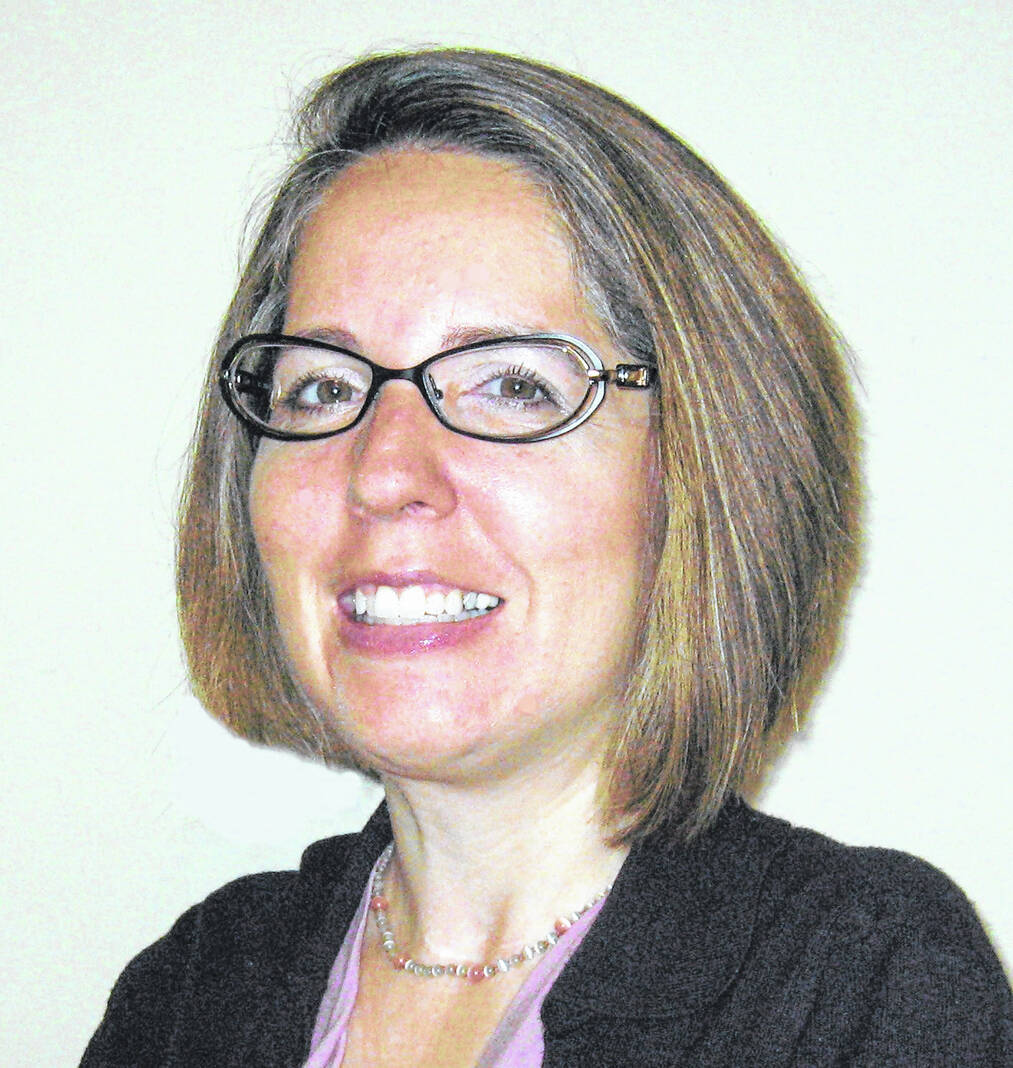
By Heather Sturgill
Guest columnist
Troy, OH is currently working on their Comprehensive Plan. The Existing Conditions report states that from 2010 – 2020, the City experienced a population increase of 692, and an additional 766 from 2020 – 2023. While page 39 indicates the city only added 439 housing units from 2010 – 2020, and only 473 units from 2020 – 2023. And even though the city added a whopping 1,437 units between 2000 – 2010, there weren’t extra units leftover, because the population grew by 2,352.
Clearly our housing won’t be meeting demand, yet the report doesn’t mention homelessness, even though 59% of Americans are only one paycheck away from homelessness, according to a Charles Schwab brokerage firm report. There’s also climate crisis housing loss from increased incidents of natural disasters. WYSO’s, Mike Frazier reported two months ago (May 10), that Ohio’s seen 54 tornados, when the average number is 21.
We need a plan, and I hope it’s different than Grants Pass, Oregon, whose intent was to push the homeless to other communities. Because if every community follows Grants Pass’s strategy, without addressing the actual housing need, every jurisdiction across the country will end up in fiscal crisis.
On June 28 the Supreme Court ruled that Grants Pass, Oregon, can punish homeless people for sleeping on public property when they have nowhere else to go (https://www.supremecourt.gov/opinions/23pdf/23-175_19m2.pdf).
According to the Grants Pass law: Step 1 – a limited fine for a first-time offender. Step 2 – temporarily barring an individual from camping in public. Final step – a maximum sentence of up to 30 days in jail.
If someone is sleeping in public, clearly they don’t have money to pay a “limited fine,” and they’ll likely be a repeat offender, ending up in jail. At which point, not only will they still have no money, but with many rental properties declining applicants with a criminal record, it will be even harder to find housing. Rinse and repeat.
How much will this cycle cost Oregon taxpayers? According to an issue brief put out by the Oregon Department of Corrections their daily cost for an adult in custody (AIC) is $173.88 a day, (https://www.oregon.gov/doc/Documents/agency-quick-facts.pdf). That equals $5,216.40 a month for one person -not including court costs.
According to the lawsuit, Grants Pass has about 600 people experiencing homelessness on a given day. That puts the cost at more than $3M a month ($3,129,840) to jail them all. Of their current incarcerated population, 62% require mental health treatments, and 64% of their population has substance abuse problems.
What’s part of a possible alternative?
According to Zillow, a studio apartment in Grants Pass costs $600 – $1,000 a month. Which would leave $4,216.40 a month per person ($2.53M for their homeless population of 600) to cover utilities at an estimated $200 a month (https://www.numbeo.com/cost-of-living/in/Grants-Pass-OR-United-States).
Something else to consider is the likelihood that, as with the incarcerated population, there will be a similar percentage of formerly homeless that will need help with mental health treatment and substance abuse problems (approximately 384). Leading to a need for caseworkers. Glassdoor.com says the average salary for a Social Worker is $72,000 per year in Grants Pass, OR (https://www.glassdoor.com.hk/Salaries/grants-pass-social-work-salary-SRCH_IL.0,11_IC1151491_KO12,23.htm).
Based on UNICEF’s “Proposed Guidance on Developing Minimum Social Service Workforce Ratios” recommendations, a social worker should have no more than 15 cases. That means there would be a need for 26 caseworkers, costing approximately $156,000 a month to cover everyone.
It might be possible for Oregon’s Department of Corrections to partner with the local Developmental Disabilities Services provider on caseworkers to help the people that might need treatments. And maybe volunteers from local non-profits could teach job training, and how to maintain an apartment. With these services/supports there’s a high probability that approximately 36% could get back into the workforce relatively quickly, and maybe some of the others too.
Grants Pass’ choice: Spend $3.13M monthly to incarcerate people, without any income tax revenue coming back – and making it significantly more difficult for the homeless to get employment and housing after they get out.
Or, Grants Pass could spend a fraction of that, $636,000 – $876,000 monthly, covering housing, treatment and training, saving about $1.19M – $2.5M, with possible income tax revenue to offset costs even more.
Ther writer is a Troy resident with a Community Planning Master’s degree and twelve years’ experience private consulting.


